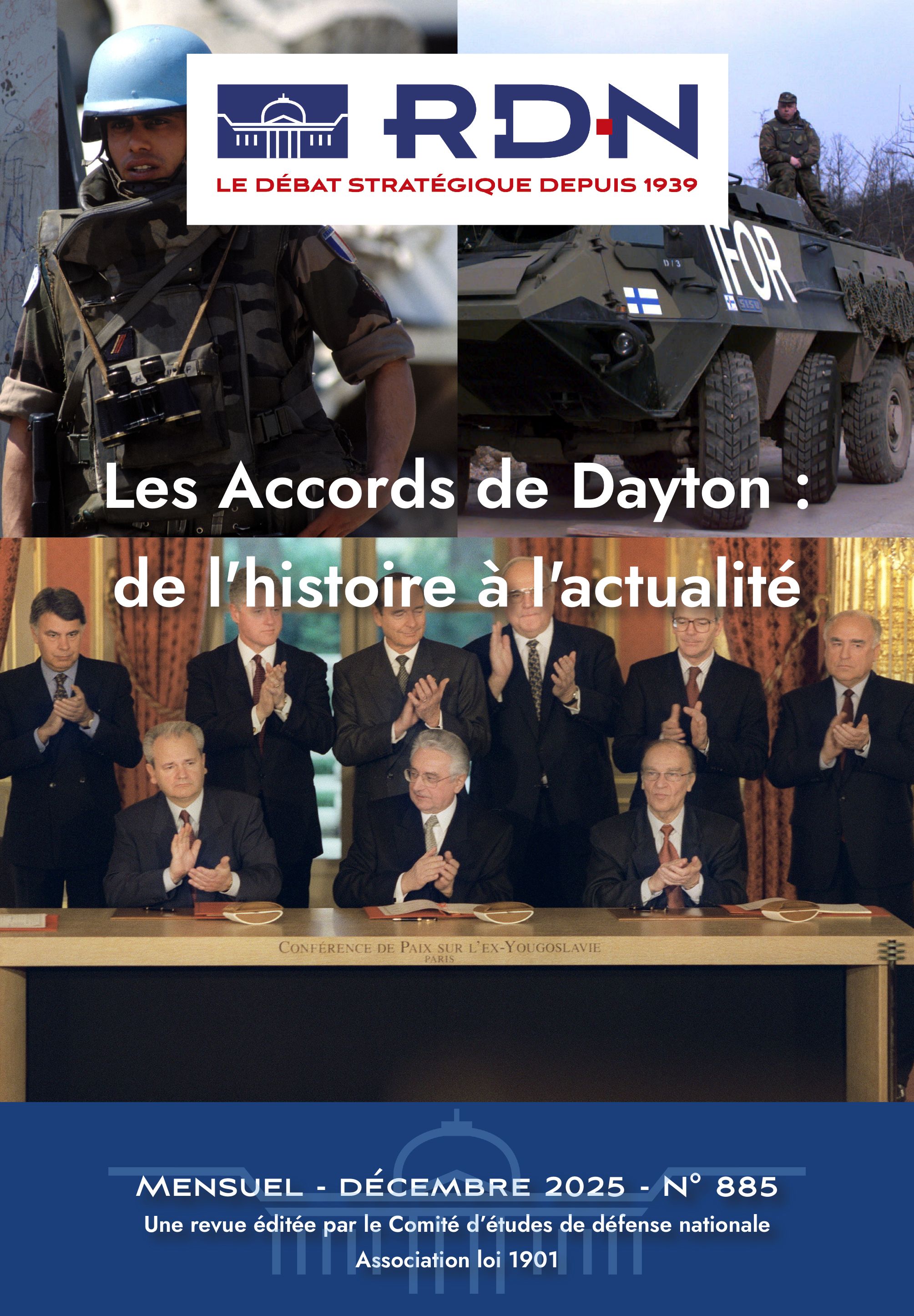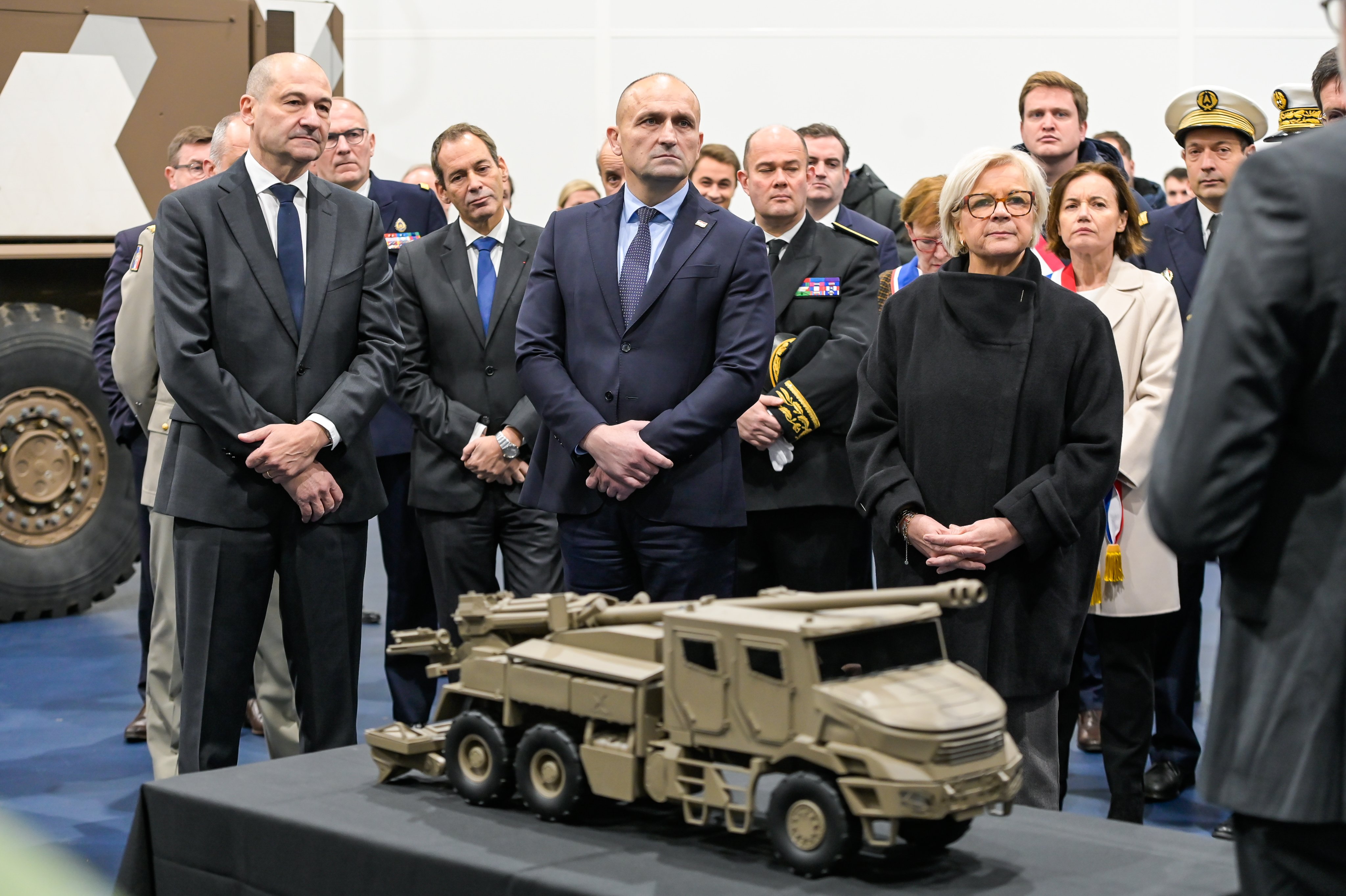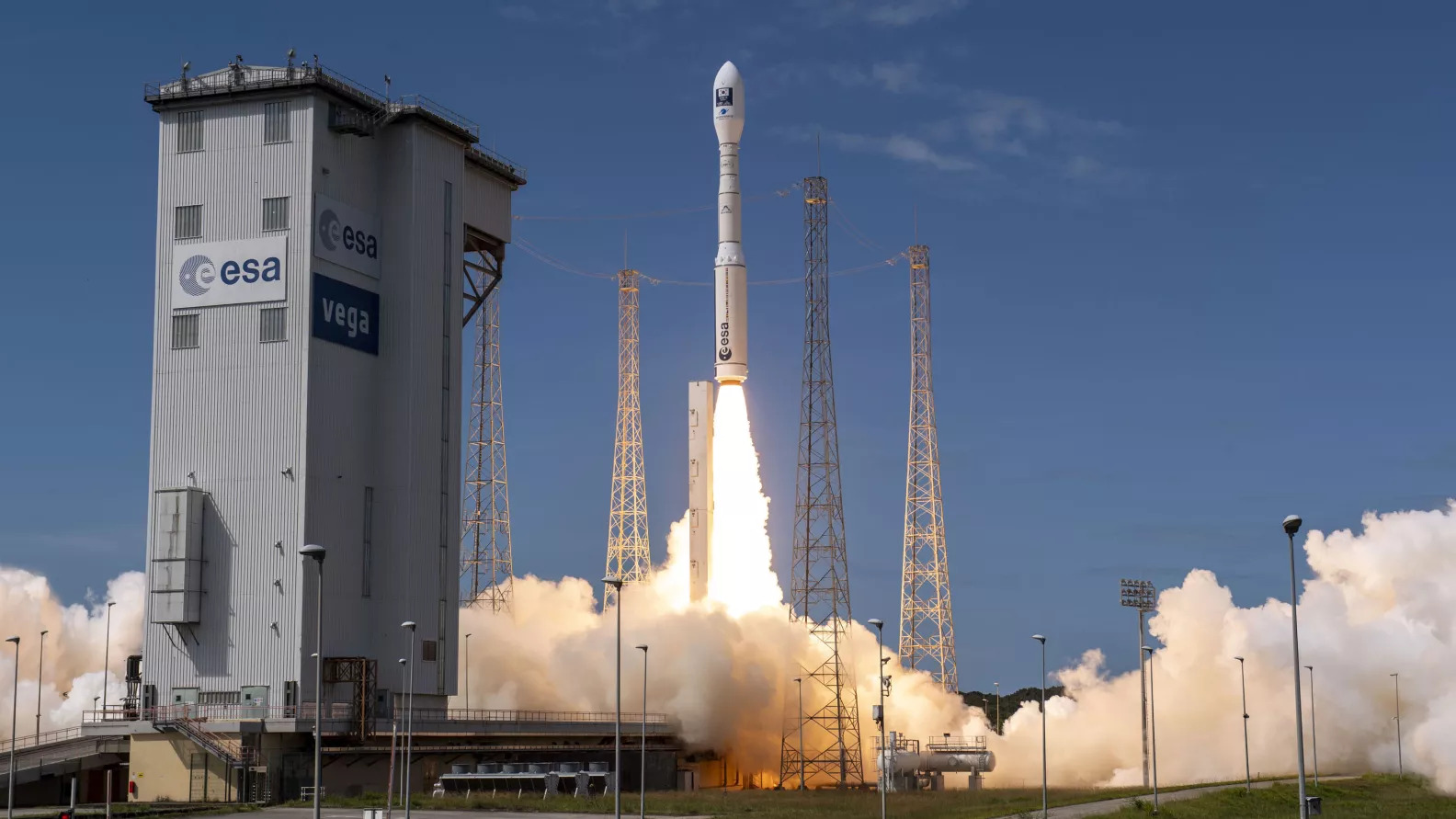In memoriam: General Pierre Gallois
How does one assess a gifted strategist, if not by his success on the battlefield? After taking part in the strategic bombing campaign against Germany in 1944-45, Pierre Gallois’s battlefields during the Cold War were think tanks, ministerial cabinets and the French Chiefs of Staff. It was there that this precocious theorist of the ‘strategy of means’ (an expression he used from 1952 onwards) gained his first success, which was eventually to be eclipsed by his reputation as the father of deterrence doctrine: this was the Five-Year Air Power Plan of 1950, of which he was the real and principal author. Following the debacle resulting from the Tillon Plan of 1945, this plan addressed the then disastrous situation in the military aviation industry and allowed France (notably through Dassault) once more to become an aviation power of the first rank, overtaking Britain.
The episode is little known; it did, however, provide the then Colonel Gallois with the methodology which influenced his future contribution to the national military nuclear project. He himself recognised that the great (and original) intellectual precursor of ‘deterrence of the weak against the strong’ had been Admiral Castex, the author of a seminal article published in the October 1945 edition of Revue des Questions de Défense Nationale. However, it was Pierre Gallois who conceived the first authentic treatise on nuclear strategy, setting out the basic concepts: his Stratégie de l’âge nucléaire, published in 1960, was the nuclear warfare equivalent of Giulio Douhet’s Il Dominio dell’aria on air warfare which appeared in1921.
Thus Gallois’s success was that of a doctrine, but also of a methodology of political influence which he had evolved during his work on the Five-Year Air Power Plan. This doctrine, and the work done at NATO from 1950 to 1953, foresaw both strategic and tactical employment of nuclear weapons; it convinced him that the paradigm of war had undergone a fundamental change, and that French staff thinking remained mired in the mindset of the Second World War. A third world war might or might not be nuclear, and would start with an exchange of nuclear strikes. From 1954 onwards he maintained that the militarization of the atom had created a new hierarchy of powers: those who ‘self-protected’ themselves with nuclear weapons, and the rest; that the decision to use nuclear weapons, involving by definition the issue of national survival, could not be taken for reasons other than the supreme national interest, and which must in consequence remain exclusively national; and that there is no middle way between an ‘imposed peace’ and an apocalyptic nuclear exchange. He was therefore a resolute opponent of the McNamara doctrine of ‘flexible response’ in the confrontation between de Gaulle and Kennedy on nuclear forces in 1962-64. The end result of this controversy, incidentally, was that from 1967 onwards (when he proclaimed the doctrine of Mutual Assured Destruction), McNamara had implicitly accepted the inanity of a ‘controlled’ escalation.
The public disagreements between Gallois and Raymond Aron during the ‘Grand Débat’ were, however, only the visible part of an iceberg which represented his remarkably effective work as both serving officer and influential strategist. There were hundreds of articles in the press and specialist publications, together with decisive interviews with influential political leaders (the best known of which was with de Gaulle in 1956), and numerous lectures on the imperative need to possess a national nuclear deterrent. This intellectual artillery barrage prepared the ground during the Fourth Republic, contributed mightily to Gaullist policy during the 1960s, and finally won over the ruling political classes during the 1970s. He was one of the first to understand the revolution in precision guidance which was at the heart of the ‘Euromissile’ affair, and demonstrated convincingly why the neutron bomb was a false approach.
The other aspect of the ‘Gallois method’ was the close attention he paid to the technical factor in strategy, an approach he shared with Douhet and Charles Ailleret. These days we are rediscovering the human factor in counter-insurgency doctrine, Clausewitz’s ‘moral forces’, and even the ‘search for identity’ as the basis of conflict theory in accordance with the constructivist theory of international relations. The philosophy of total war was invented by a revolution which fielded massed armies in battle, and whose theorists (such as Ardant du Picq and Foch) were the strategists of ‘heroic courage’ and the ‘offensive spirit’. General Gallois took a different approach: he deliberately attached himself to the ‘technical school’, in common with de Gaulle and his seminal Armée de métier. The central thread running through this philosophy is a concern with conflict prevention, and limiting the risks for the combatant by the use of defensive technology.
In this sense the nuclear revolution can perhaps be considered as a sort of supreme technique which vaccinates humanity against general war—‘hyperbolic’ conflict. This conviction served as the foundation for a system of belief which over the following years broadened to a geopolitical dimension: Gallois’s second major treatise was Géopolitique, les voix de la puissance, published in 1990. In France André Beaufre and Lucien Poirier, together with Basil Liddell Hart in Britain, had added depth to their own subjects by becoming their theoreticians; Gallois, on the other hand, as one of the major innovators in geopolitics of the twentieth century, is much more than a doctrinaire like Douhet. Even today the breadth of view underlined by Professor Dupuy in his preface hits home: following on from Mackinder, one is invited to ‘. . . look at the planet through the eye of a cosmonaut’. The idea of the ‘finite world’ is the founding paradigm of the discipline. Pierre Gallois invites us to consider a new logic: that the new weapons transform the relationship between space and power by telescoping both time and distance; that the old geographical determinism is reversed with the risk of man’s destruction of his environment; and that a sensible foreign policy excludes imperial adventures.
His hostility to ‘American hyperpower’ following the end of the Cold War should be seen in this light. Here one detects in Pierre Gallois an implicit national philosophy, one which is (unsurprisingly) close to that of General de Gaulle. The nation is a spiritual community, the secular aggregation of common ventures, of failures absorbed and surmounted together. It remains in his eyes an unavoidable stage in the political organisation of humanity. As early as 1972 he forecast that the Soviets (like the Americans) would succumb to the temptation of imperial overstretch. Brezhnev repeated the errors of the young Kennedy, ceding to the temptations of over-armament (both conventional and nuclear) and foreign adventures. Finally, in our over-exploited world even more than in the past, it is possible that reasonably nationalistic strategies are perhaps the best antidote to grandiose projects which are beyond our means and which destabilise the planet.
Which brings us back to France and national preparedness, his obsession since the trauma of 1940. The rebirth of the French aircraft industry and the country’s nuclear odyssey are both witness to an extraordinary national effort to avoid ‘Portugalisation’ (to quote de Gaulle’s aside to Peyrefitte). The hostility to an expeditionary posture which was such a feature of the 1994 Defence Black Paper underlines our enduring concern to avoid adventures which exceed our capabilities. From 1995 onwards Pierre Gallois was an opponent of François Mitterrand’s renewed efforts to promote a European defence system. His position was unyielding, and could perhaps be considered by some as having been overtaken by events; however, the mediocrity of the current situation of European Security and Defence Policy can also be seen as a vindication of his lucidity. Perhaps we will also associate with Pierre Gallois this Pascalian role of the ‘fixed point’ in strategy: ‘When everyone is rushing headlong after the same idea, relatively nobody seems to be moving, and the one who stops, a fixed point of sanity, makes it obvious that they are getting carried away.’






